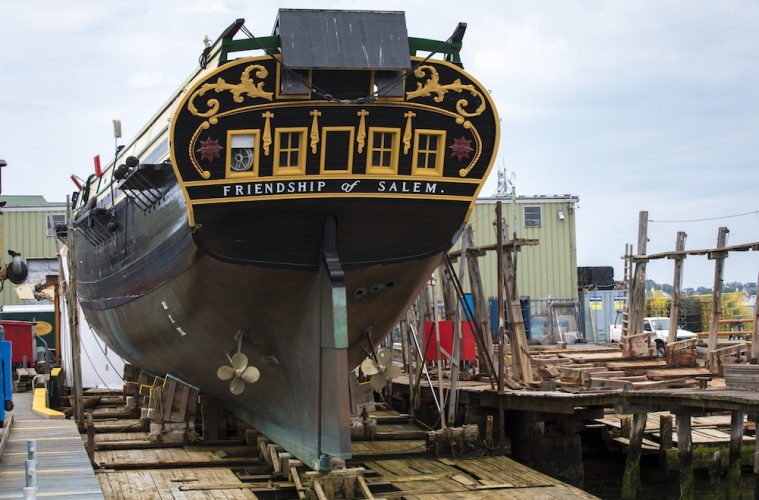Despite all the new restaurants and forward momentum as a revitalized little city, Salem is missing something. This absence, a massive floating connection to the city’s maritime past, is felt by locals, businesses, and tourists. But no one misses all 342 tons of her more than her own captain.
Moved to Gloucester in July 2016 to undergo extensive repairs and maintenance, Friendship of Salem is scheduled to return—fingers crossed—by Halloween. Last June, in the days leading up to the Tall Ships Festival in Boston, Salem welcomed ships from Norway, Finland, and Latvia. Friendship captain Jeremy Bumagin was happy to welcome the visiting vessels as he oversaw the work on the National Park Service–managed Friendship and waited out her highly anticipated return.
Many of Salem’s visitors have never been on a ship before, much less a pristine replica of an 18th-century wooden square-rigger. The original Friendship sailed around the globe in search of spices, pepper, coffee, sugar, and other goods to bring back to Salem, only to be captured as a prize of war by the British sloop Rosamond during the War of 1812.
The National Park Service uses Friendship to educate visitors about Salem’s history as one of the most important colonial-era ports in the nation. Along with the historic buildings and wharves that make up the Salem Maritime National Historic Site, Friendship tells the stories of those who brought the riches of the Far East to America—the sailors, Revolutionary War privateers, and merchants.
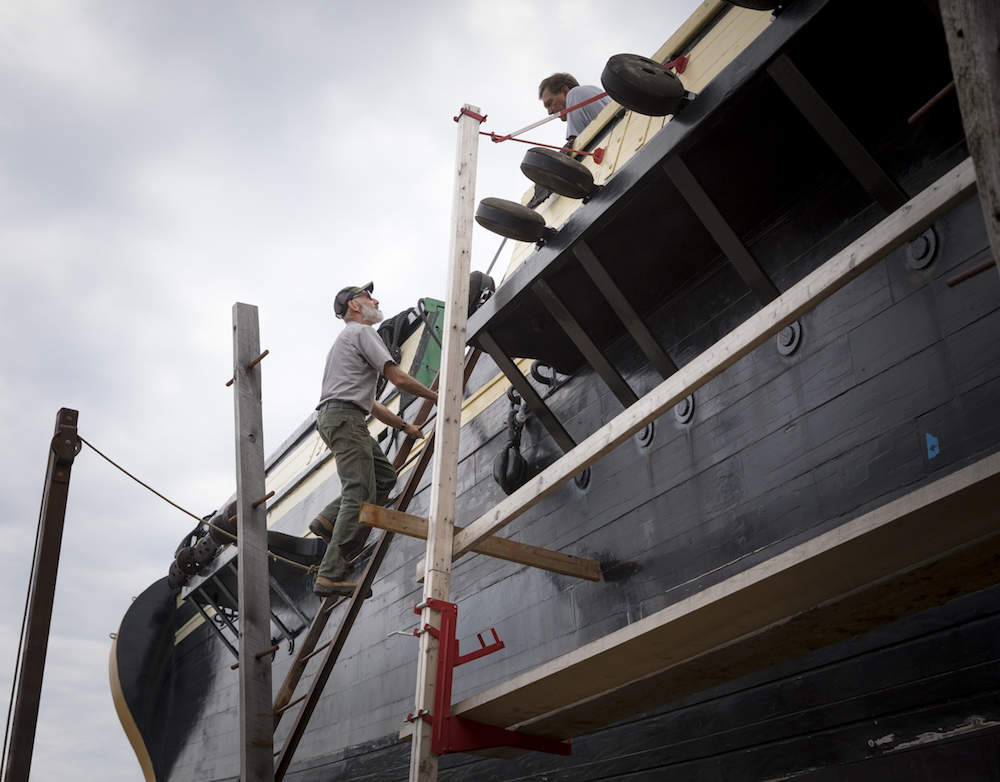
Though it’s not easy for visitors to imagine Salem’s wharves crowded with buildings and dozens of massive wooden ships loading and unloading their wares, spending time on Friendship “certainly gets you part of the way there,” says Bumagin. “They’re connecting that moment to things they’ve learned elsewhere. To things they’ve only read in books or seen in museums. They can touch it. People light up when they do that. They’re fully engaged and will ask questions, taking as much time as you’ll give them. It’s kind of amazing to see in this fast-paced world when people usually just want to move on.”
Full disclosure: For a dozen years, I’ve lived across the street from the ship and enjoyed wharf dog walks and morning greetings from the volunteer crew under the guidance of longtime Friendship crewman John Newman as they reconstructed the rigging, a task that began in 2012. In August, the Maritime Festival means musicians playing sea chanties on the ship, visiting vessels in the harbor, and salty characters roaming the wharves in full historic regalia. The last time Friendship came back to Salem Harbor with new repairs, my friends and I paddled out in a canoe, holding Welcome Home signs.
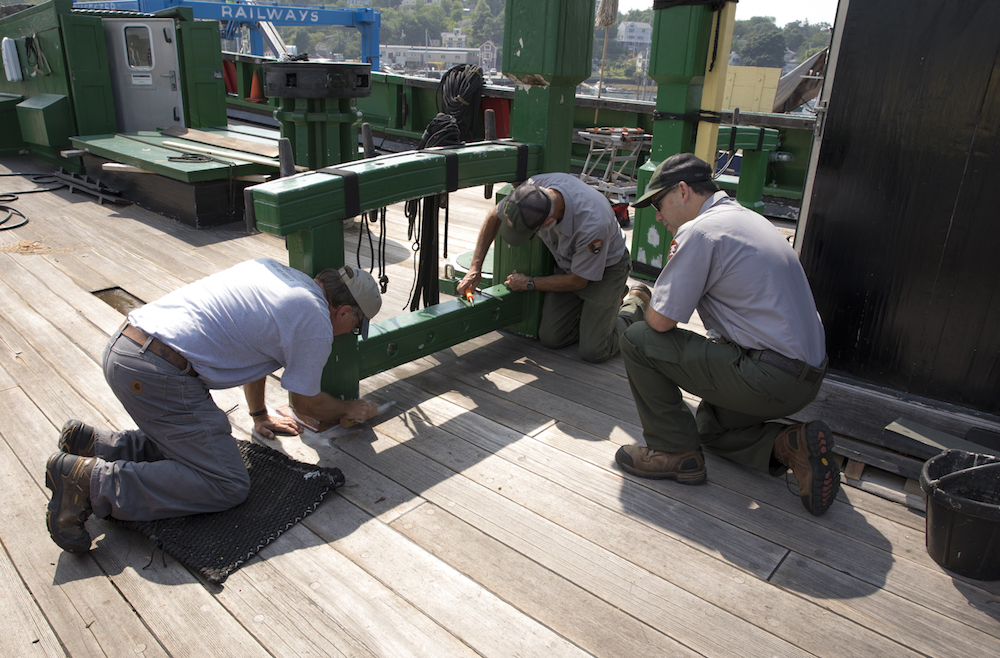
Paul Deprey, superintendent of Salem’s site and the Saugus Ironworks, came to Salem in 2015 from his previous position at Pearl Harbor. He had never seen Friendship in full action, but was aboard last July for her three-hour journey up to Gloucester. From his first time out on the water on a vessel that large, he remembers the constant fog, right until Gloucester Harbor when the sun came out. “It was kind of a misty experience,” he says.
That’s when the ship went up on rails at the end of Rocky Neck at Gloucester Marine Railways and a crew from Maine set to work on her. As the shipbuilders dug into their work, they uncovered hidden problems in her hull and around the iconic figurehead. Once the lovely carving of her in her blue dress, holding a bouquet of flowers, is repaired, the ship will be repainted and her intricate rigging restored. Government red tape has slowed the process.
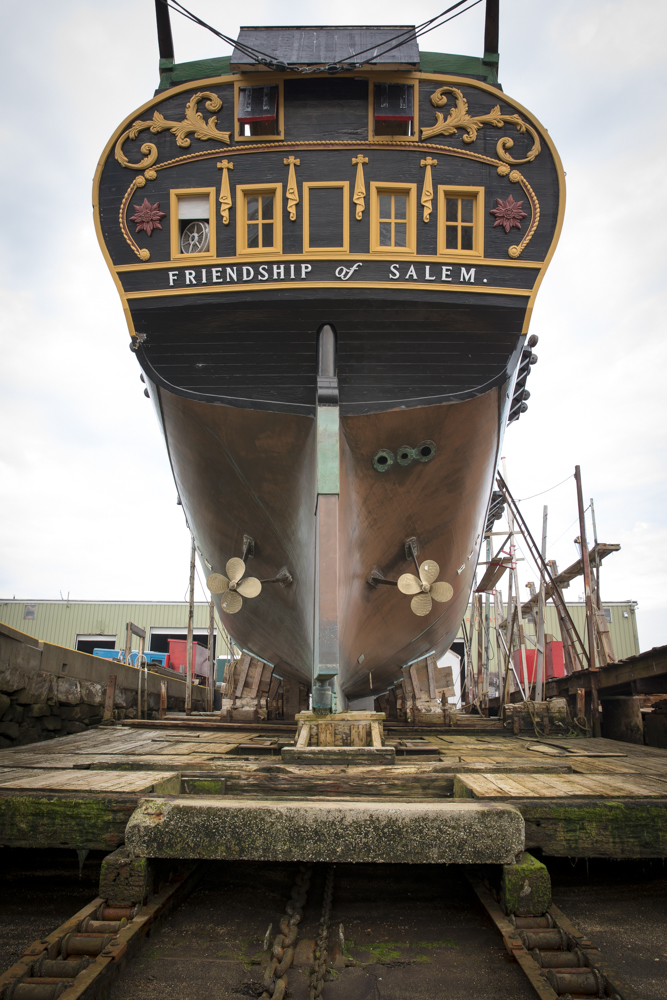
“The ship is so important to Salem. Hopefully, it will get back here this fall,” says Beth Debski, executive director of The Salem Partnership, an economic development organization that was instrumental in the building of the replica, which was completed in 1998.
The ship is costly to maintain, needs significant staffing to keep it in good repair, and has not realized its potential for a range of activities and programs, says Debski. The Salem Partnership hopes to help change that with the recently convened Securing the Future of Friendship Working Group. The group is funding a marine survey on future maintenance, studying programming on other tall ships, and reaching out to local partners for ideas. To form this map for the next 25 years, in addition to the Park Service, partners include marine experts, the City of Salem, Salem State University, Essex National Heritage Commission, Salem Chamber of Commerce, and nearby Pickering Wharf.
Daily tours and school programs are expected to resume when the ship returns, perhaps with additional overnight opportunities for young maritime enthusiasts and day sails from Salem’s ferry terminal. Seaworthy again, she will take part in the Gloucester Schooner Festival each fall, and hopefully take her place among tall ship gatherings in Boston, Provincetown, and Portsmouth, New Hampshire.
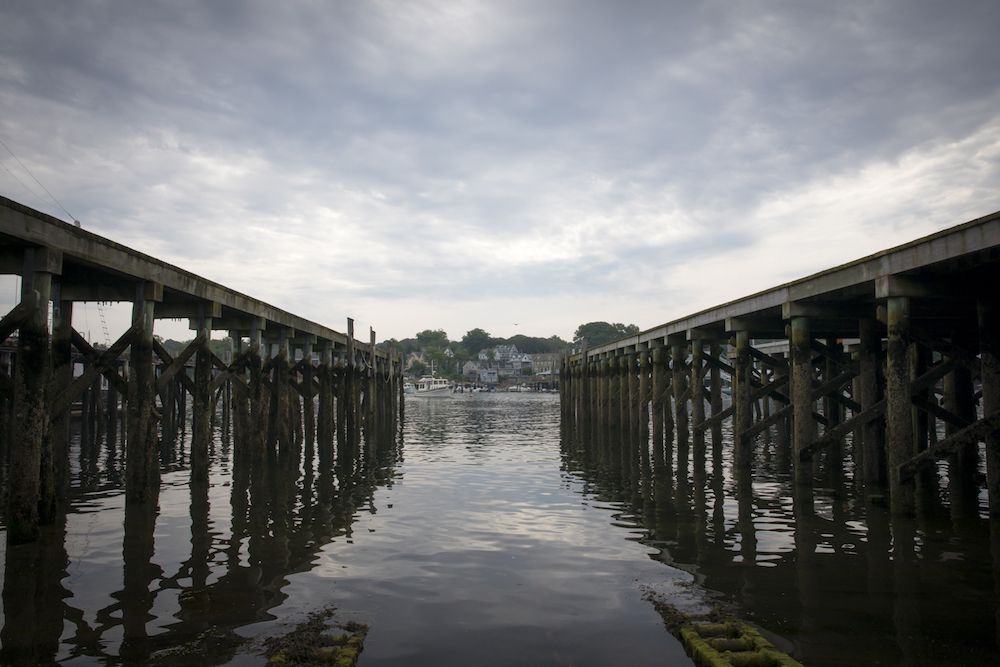
Salem’s friendly floating world will soon be back and the volunteer crew will raise the huge masts across the harbor. Deprey enjoys seeing this crew of willing woodworkers and knowledgeable boat enthusiasts, especially in the context of the National Park Service. “Not everyone has time to do trail work—putting paths across Yosemite, for example. There are lots of ways to exhibit stewardship. To be able to see the outcome of that craft that goes into maintaining this wooden vessel is amazing. It’s not cheap and it’s not quick, and it requires a level of skill that not everyone has.”
Meanwhile, Bumagin looks forward to the big day when he gets to reunite with his ship. “I’m pretty excited about her coming home eventually. The sooner we can bring her home, the better it will be for everybody.”
Salem Maritime National Historic Site (U.S. National Park Service)
nps.gov/sama

